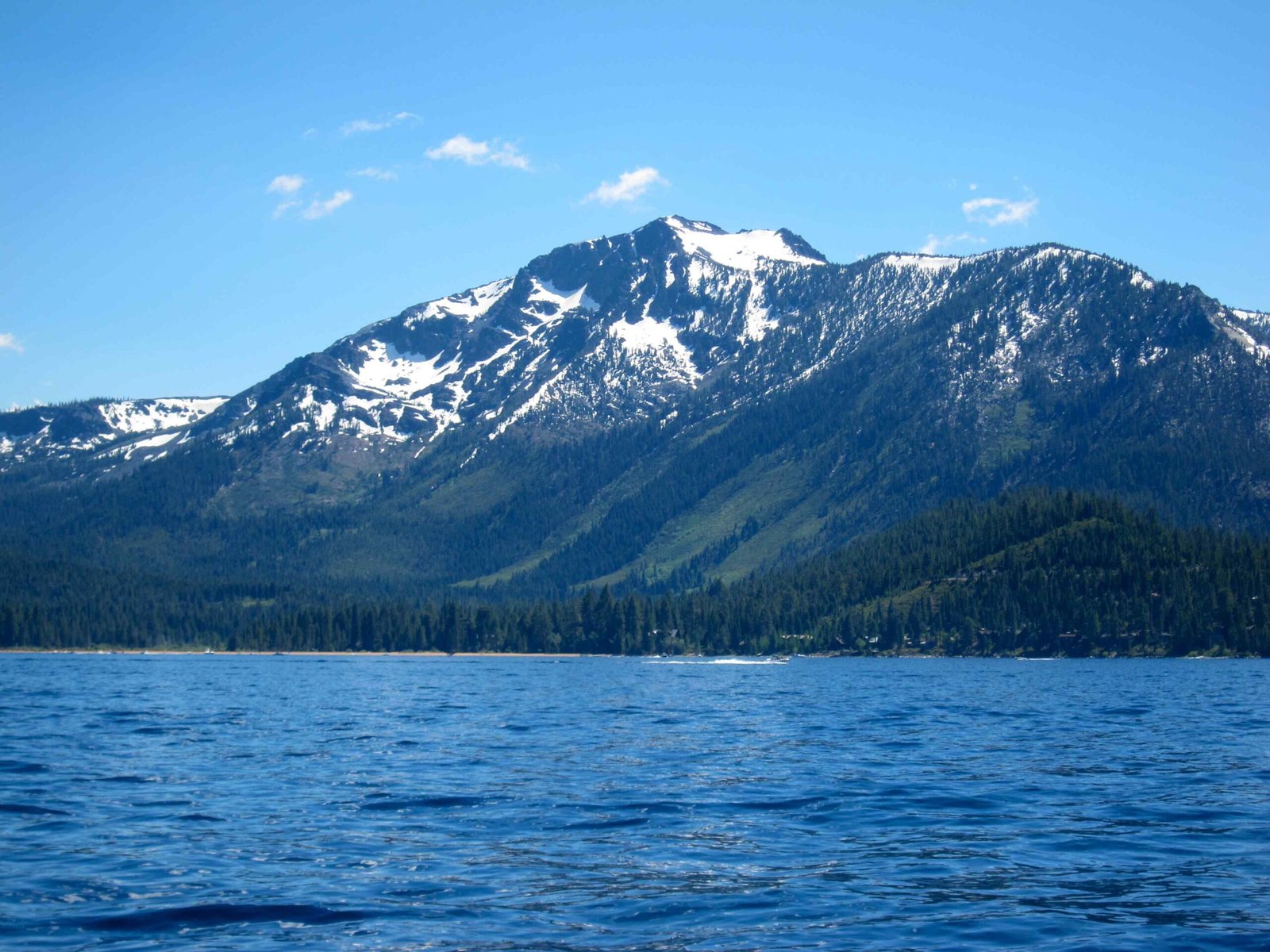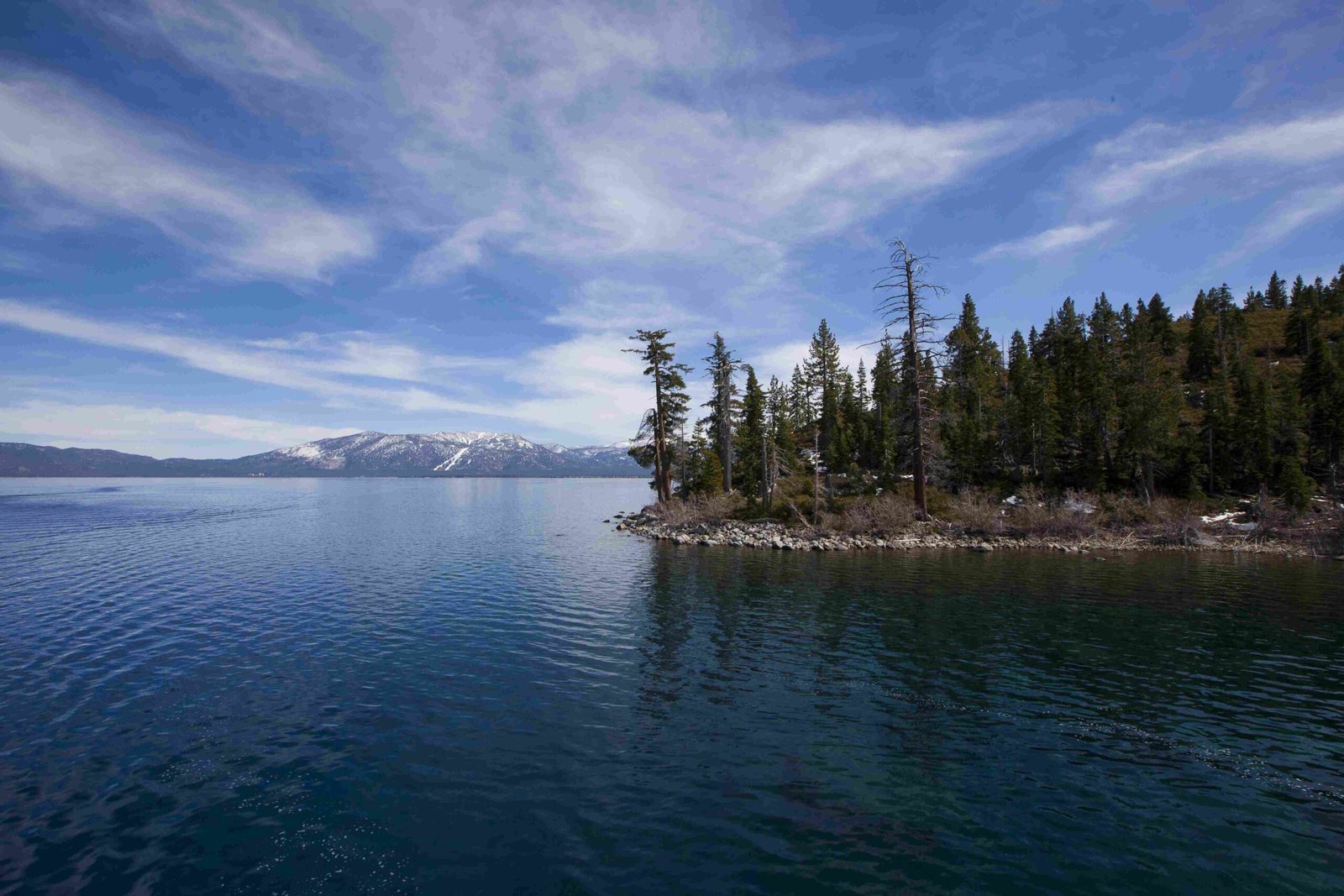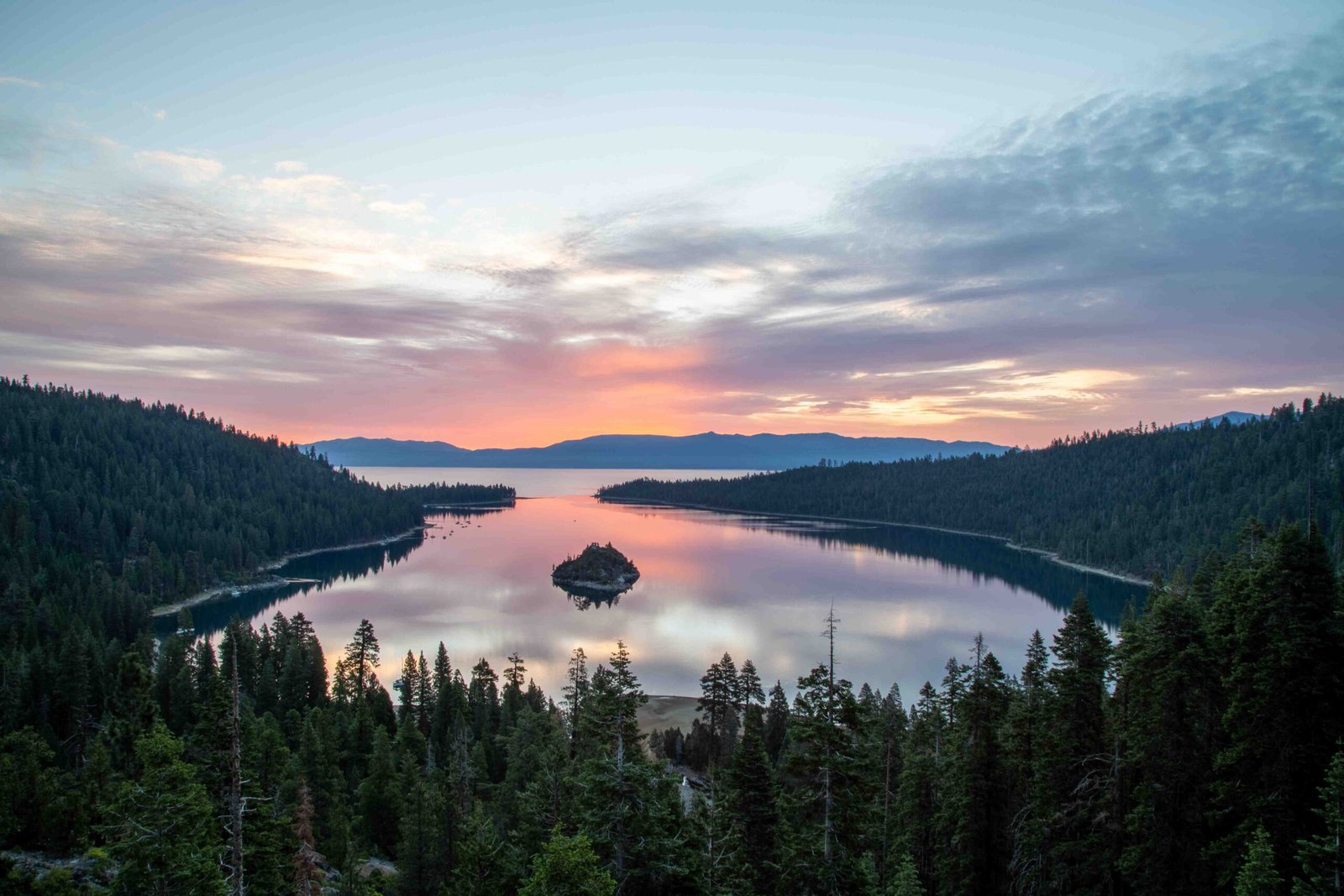The Lake Tahoe Summit represents a pivotal annual gathering where environmental experts, policymakers, and researchers converge to analyze and strategize comprehensive long-term changes affecting this pristine alpine ecosystem. Through collaborative discussions, the summit illuminates critical environmental challenges, restoration strategies, and scientific observations that will shape Lake Tahoe’s ecological future, addressing complex issues ranging from water clarity to climate adaptation.
What Are the Primary Climate Impacts on Lake Tahoe?

Lake Tahoe’s environmental landscape is experiencing significant transformations driven by complex climate dynamics. The summit’s research reveals nuanced changes that demand immediate attention and strategic intervention.
Water Clarity Trends
| Year | Winter Clarity (feet) | Summer Clarity (feet) |
|---|---|---|
| 2023 | 91.9 | 53.5 |
| Historical Average | 70-80 | 60-70 |
Key Observations
- Winter clarity reached its best measurement since 1983
- Summer periods show increasing murkiness
- Phytoplankton composition shifts dramatically
How Do Ecosystem Transformations Manifest?
The Lake Tahoe ecosystem demonstrates remarkable complexity through several critical indicators:
- Biological Shifts
- Decreasing Cyclotella phytoplankton populations
- Increasing Synedra species prevalence
-
Significant zooplankton community transitions
-
Forest Management Strategies
- 92,000 acres of forest treated for hazardous fuel reduction
- Enhanced wildfire prevention protocols
- Comprehensive ecosystem restoration initiatives
What Restoration Efforts Are Being Implemented?

The Lake Tahoe Environmental Improvement Program (EIP) has demonstrated remarkable progress in mitigating environmental challenges:
- Intercepted annually:
- 600,000 lbs of fine sediment
- 4,600 lbs of nitrogen
- 1,700 lbs of phosphorus
Aquatic Invasive Species Control
Rigorous watercraft inspection programs have successfully:
– Completed 107,000 watercraft inspections
– Prevented introduction of new invasive species since 2008
What Are the Long-Term Climate Adaptation Strategies?
Comprehensive climate adaptation requires multifaceted approaches:
- Advanced monitoring technologies
- Collaborative inter-agency research
- Proactive ecosystem management
- Community engagement and education
Technological Innovations
- Implementation of Fire Aside software
- Enhanced defensible space evaluations
- Advanced climate modeling techniques
How Will These Changes Impact Future Generations?
The Lake Tahoe Summit underscores the critical need for sustained environmental stewardship. By integrating scientific research, policy development, and community involvement, stakeholders aim to preserve this unique alpine ecosystem for future generations.
Continuous Monitoring and Research
Ongoing scientific investigations will:
– Track ecological transformations
– Develop predictive models
– Implement adaptive management strategies
Conclusion
The Lake Tahoe Summit provides a comprehensive platform for understanding and addressing long-term environmental changes, emphasizing collaborative approaches to ecosystem preservation.

